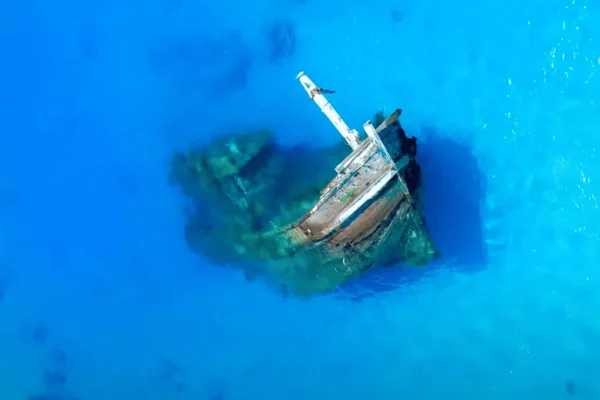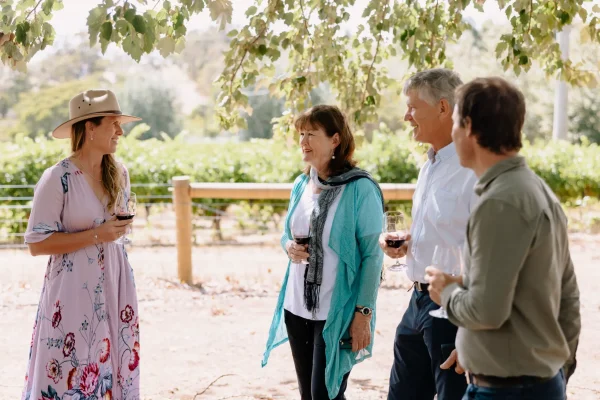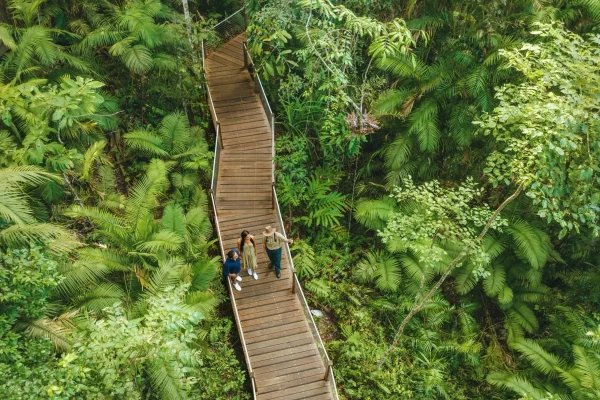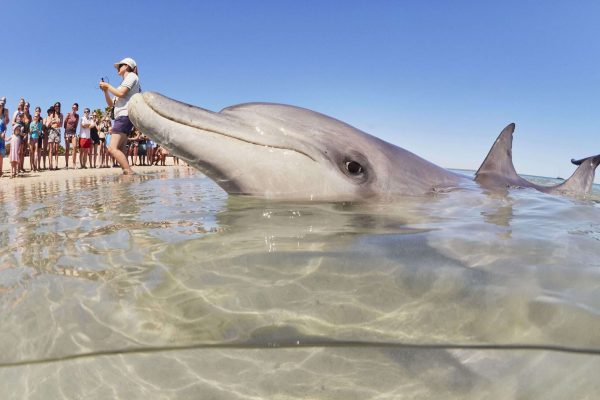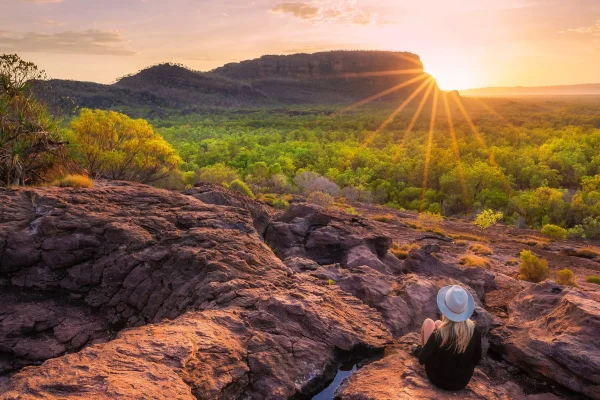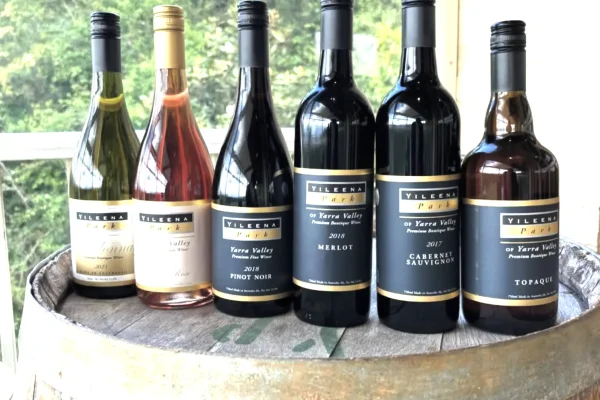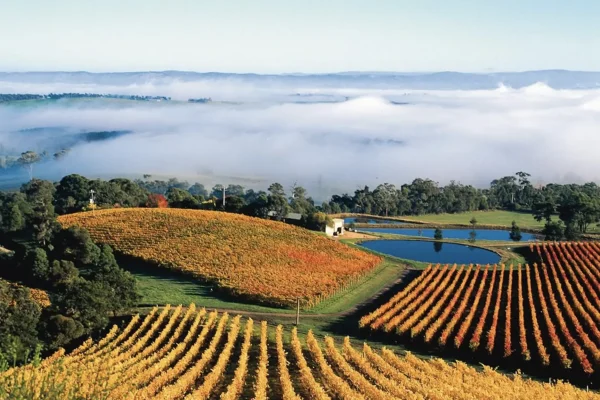The Twelve Apostles are a world famous limestone stacks standing proudly in the Southern Ocean off Victoria’s Shipwreck Coast. Millions visit each year. The Twelve Apostles are one of Australia’s top tourist attractions. Beyond their beauty they offer a mix of natural and historical significance so every visitor will have an experience.
From Formation to Fame: The History of the Apostles
The story of the Twelve Apostles began millions of years ago when the coastline’s limestone cliffs were formed. Initially part of the mainland, these cliffs were worn away by the constant pounding of the Southern Ocean waves. Over time, the caves became arches, and then the arches collapsed, leaving behind the rock stacks we see today.
Interestingly, these natural wonders were not always known as the Twelve Apostles. They were originally called the Sow and Piglets, with Mutton Bird Island being the “sow” and the smaller stacks the “piglets”. In the 1920s the name was changed to the Twelve Apostles to add some grandeur and to boost tourism. The Twelve Apostles have since become iconic of Australia’s ruggedness, and their story continues to evolve as Parks Victoria works to protect this fragile environment. Wreck Beach and Shipwreck Coast nearby are a reminder of the region’s maritime history, with numerous shipwrecks on the ocean floor.
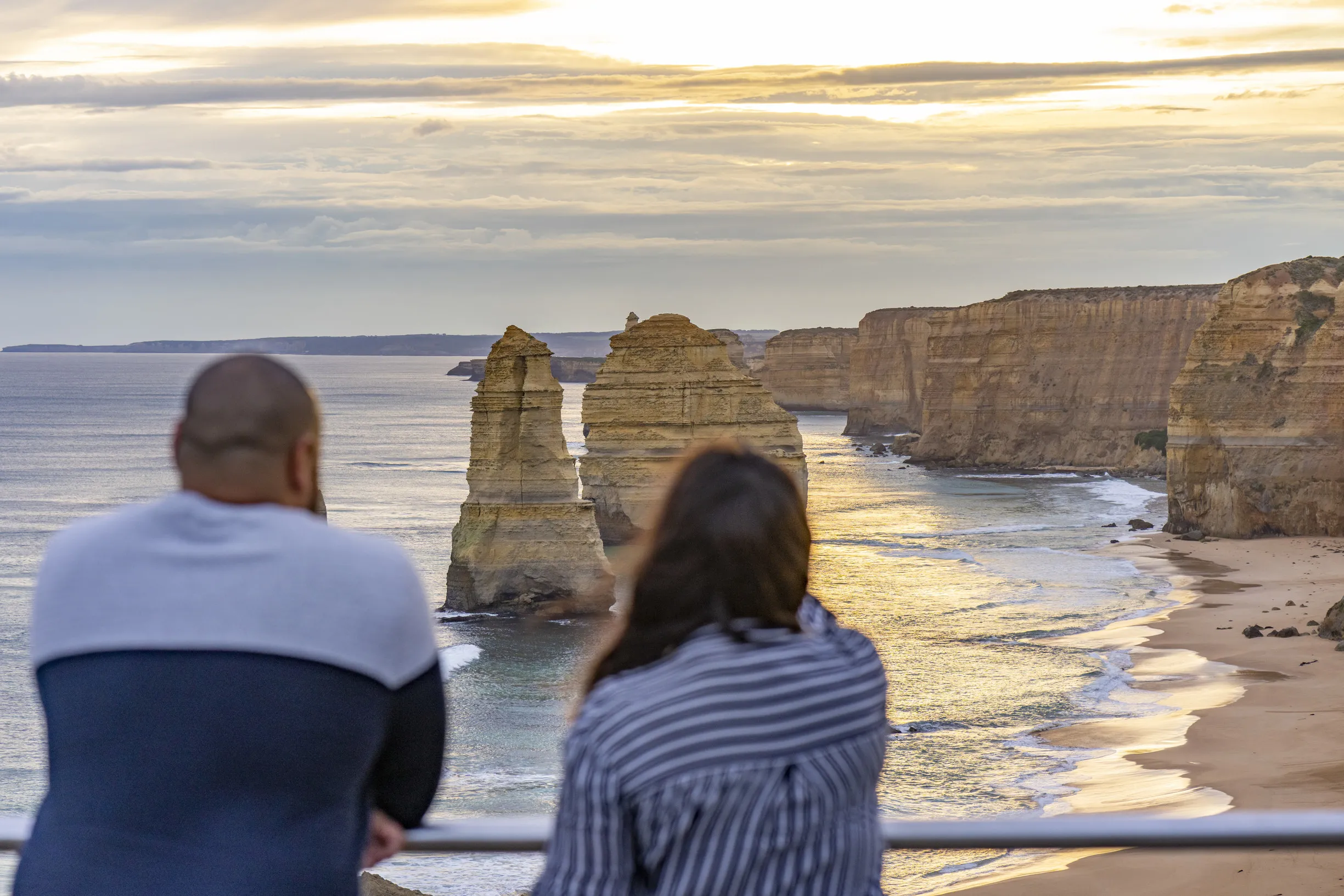
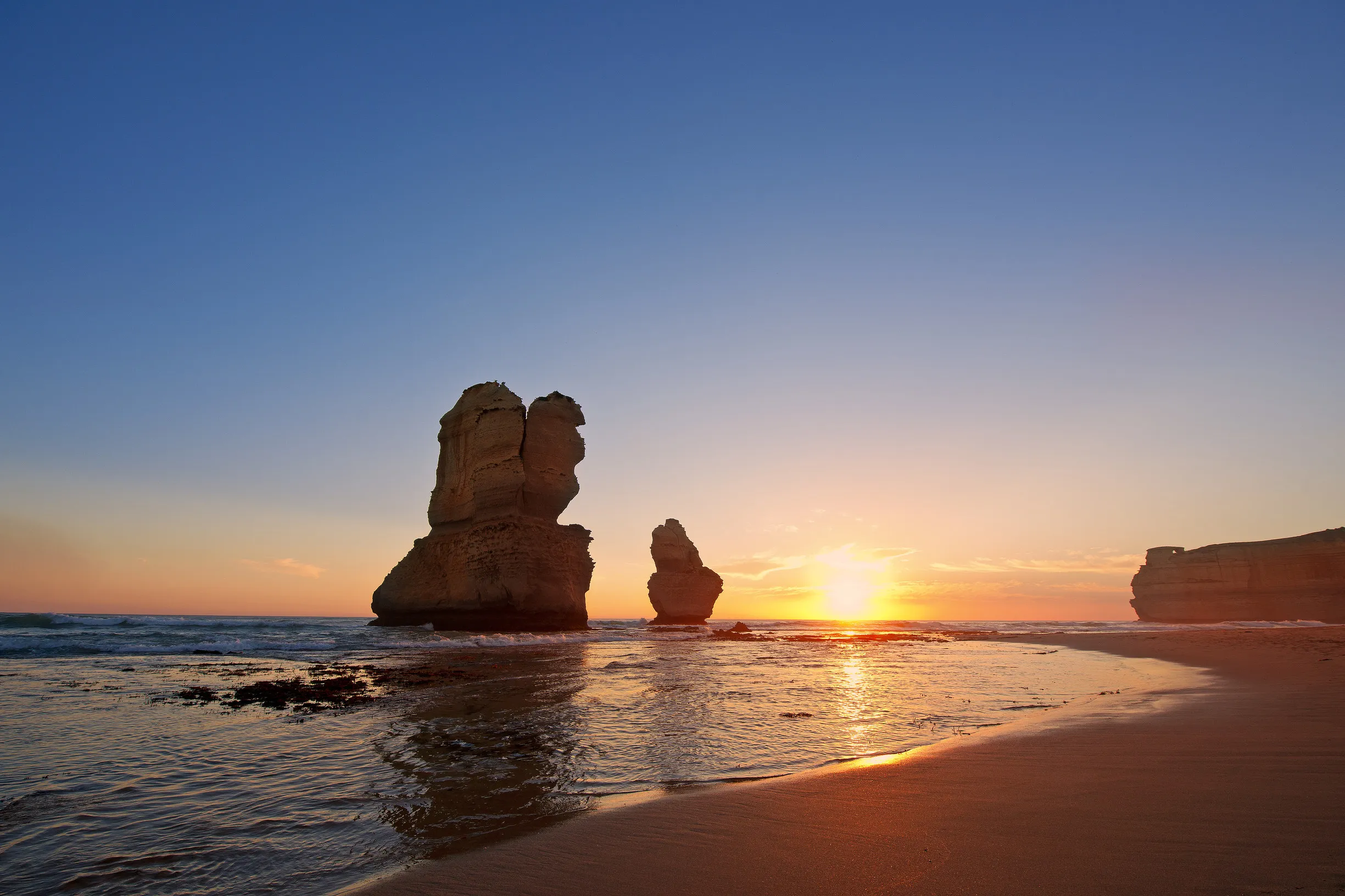
Current Count and History
Your Guide to Reaching the Apostles
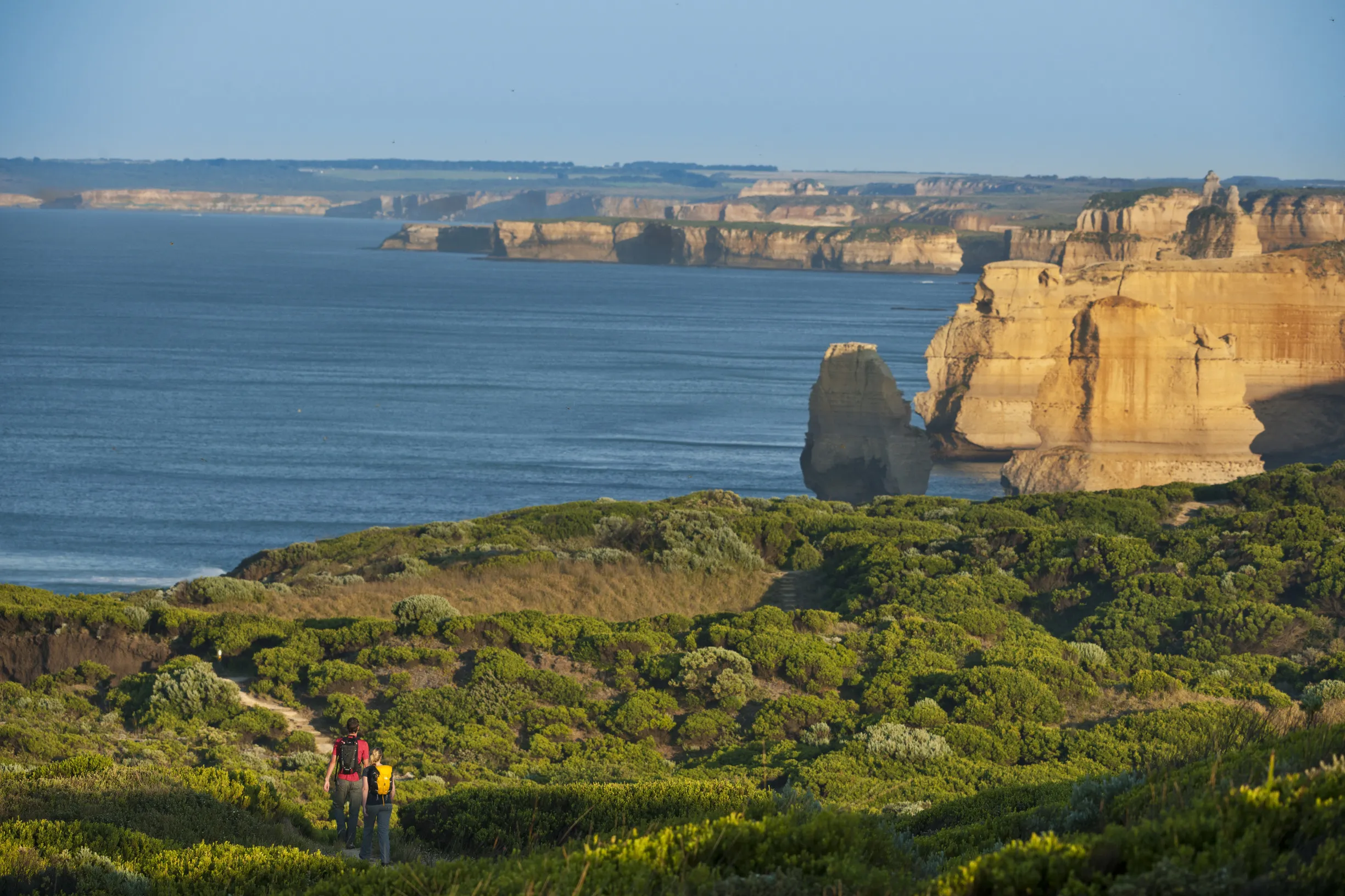
Things to do around
The Twelve Apostles may be the main attraction, but there’s plenty more to see and do in the area. Nearby is Loch Ard Gorge, named after the famous 1878 shipwreck, which has stunning views and the chance to walk along the treacherous cliffs and hidden coves. Thunder Cave and Gibson Steps allow you to descend to the beach and get up close to the rock formations. Mutton Bird Island is where you can see the island’s namesake birds during the breeding season.
For walkers, Port Campbell National Park has a network of walking trails, including the Power Creek Trail, which goes through fern gullies, canopied trails and rolling hills. For secluded spots, head to Wreck Beach, where you can see shipwreck remains, or Milanesia Beach, where you can have a fleeting visit and be surrounded by nature. The adventurous can explore the Otway Rainforest with its giant Mountain Ash trees and understory of tree ferns.
Flora and Fauna
The biodiversity around the Twelve Apostles is as amazing as the stacks themselves. The coastal vegetation is hardy shrubs, grass trees and salt resistant plants that thrive in the harsh conditions. These plants help stabilise the cliff tops and provide habitat for native wildlife. Bird spotters can see peregrine falcons and hooded plovers and the coastal waters are home to seals, dolphins and even southern right whales during migration season.
The Port Campbell National Park is a treasure trove of unique ecosystems, from deep gullies filled with Beech Myrtle to open areas where Muttonbird Island is a nesting ground for thousands of seabirds. Get out and explore this wonderland, but be sure to respect the balance of the ecosystems.
See the Apostles from the Air
Best Time to See the Apostles
The Twelve Apostles are good all year round, but the experience depends on the season. Summer has clear skies and sunsets, winter has dramatic misty landscapes and fewer crowds. To see the limestone stacks at their most iconic, visit during sunrise or sunset when the yellow rock slowly reveals its golden hue. Early morning also has minimal crowds and is a peaceful and quiet time to visit — perfect for a 12 Apostles day tour.
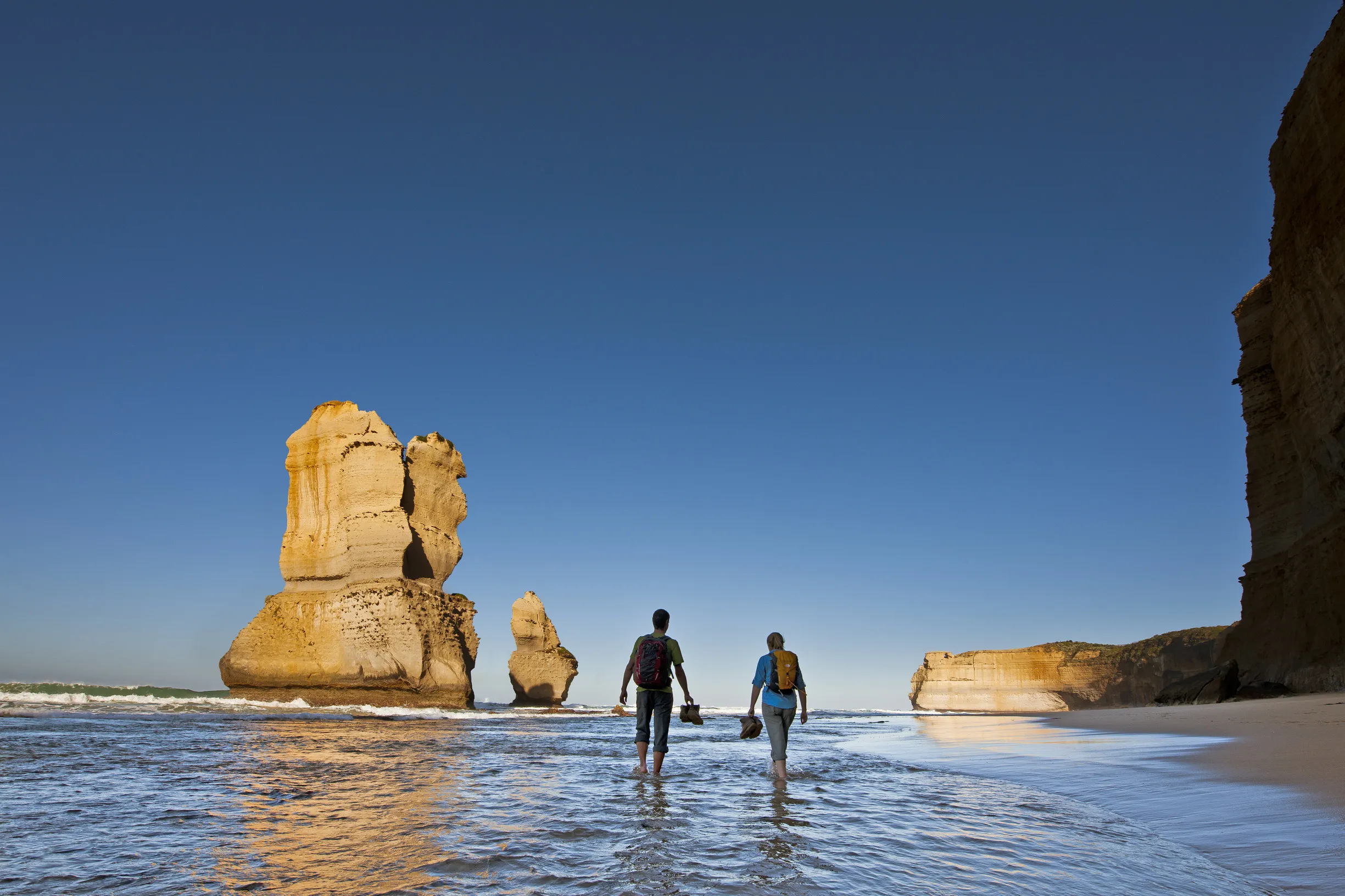
FAQ
How far is Port Campbell from the 12 Apostles?
The 12 Apostles are 15 minutes from Port Campbell, the closest town for accommodation and amenities.
Are there any walking trails near the 12 Apostles?
Yes, there are several walking trails in the area, including the Power Creek Trail and trails in Port Campbell National Park that lead to viewing platforms and deep gullies.
Can I visit the 12 Apostles at night?
The viewing platforms are open at night, but most visitors prefer daytime or early evening for safety and to see the natural beauty in optimal light.
Is there accommodation near the 12 Apostles?
Port Campbell and Apollo Bay have a range of accommodation options from cosy cafes and lodges to beachfront hotels all within 30 minutes.
What wildlife can I see near the 12 Apostles?
Muttonbirds and peregrine falcons are the resident seabirds. You may also see seals and migrating whales in the Southern Ocean.


